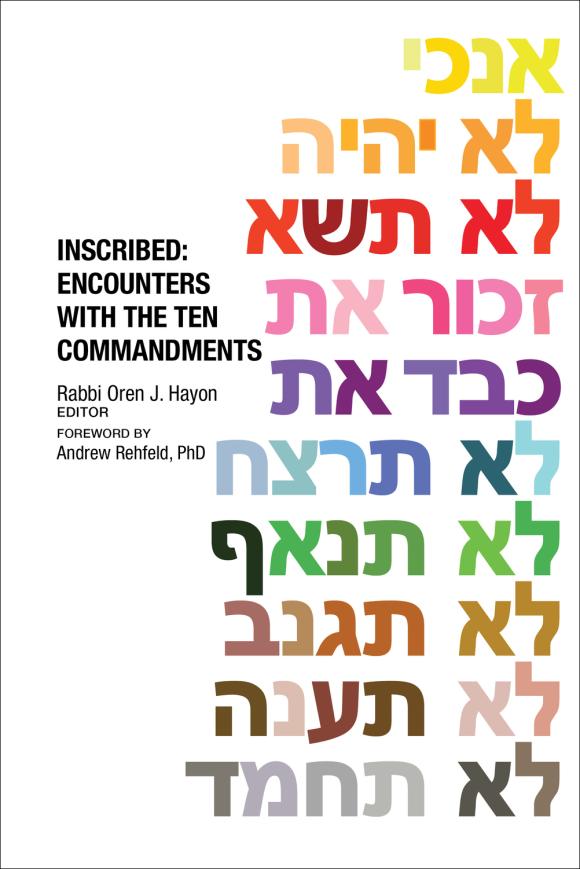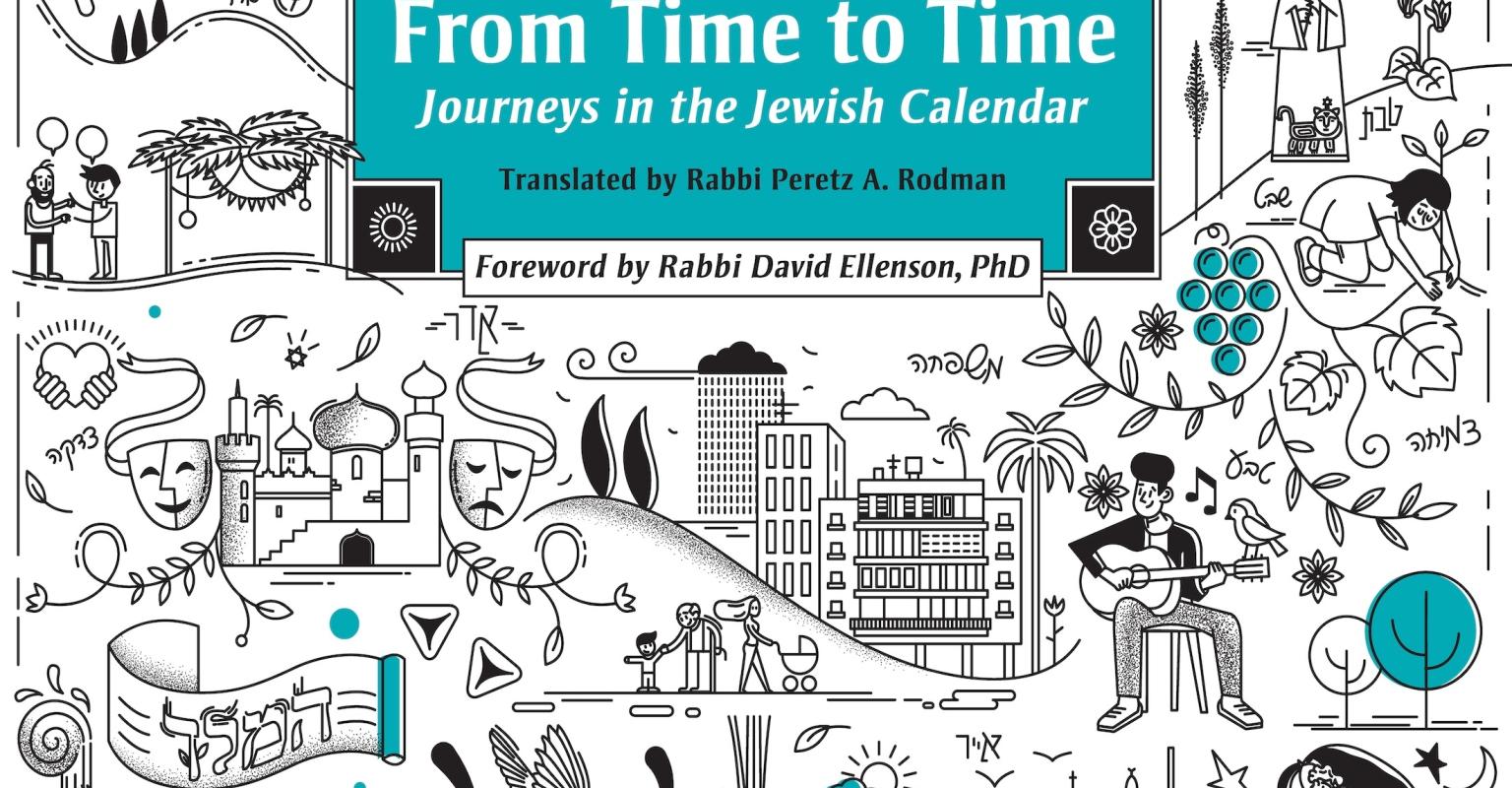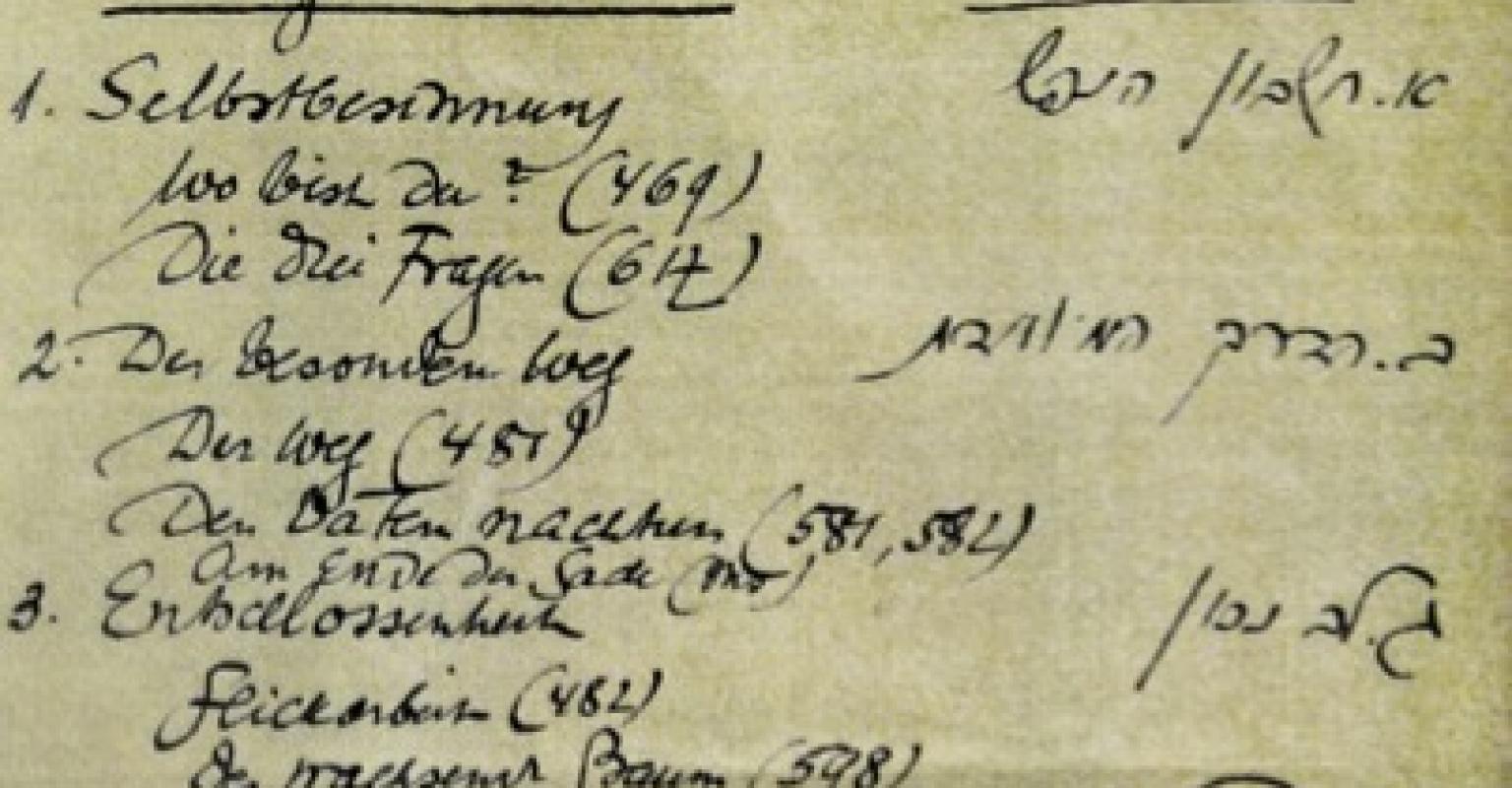Inscribed: Study and Discussion Guide
Inscribed: Encounters with the Ten Commandments gives voice to the many diverse and contemporary perspectives about each of the Ten Commandments. Written by an impressive collection of rabbis and scholars, the volume allots multiple chapters for each of the commandments in order to engage with the ways in which these timeless utterances have inspired contemporary laws, ethics, and moral guidelines.
This study guide, written by Cantor Gabriel Snyder, is comprised of two sets of questions. The first, titled “Questions for Deepening Study,” is designed with a study or book group in mind, perhaps as jumping-off points for an adult-ed course utilizing the book. These questions will encourage careful reading of the texts presented, leading to academic study and discussion. The second set of questions, titled “Questions for Emotional Growth,” is designed to evoke open and personal discussion more loosely tied to the text, potentially also as prompts for sermons or for personal introspection.
There are three questions in each set for each essay. These questions are not meant to serve as a full lesson plan or curriculum, nor are they by any means exhaustive; they are simply there to help start a conversation.

- Jewish Peoplehood
- Jewish Text and Thought
- TaNaKh
- Congregational Learning
- Teen Engagement
Discover more

Lessons, games, discussion guides and more to celebrate Shavuot!

This study guide is designed to help readers deepen their knowledge about the Jewish year.

This guide serves as a support for people reading and teaching this classic work by Martin Buber.
